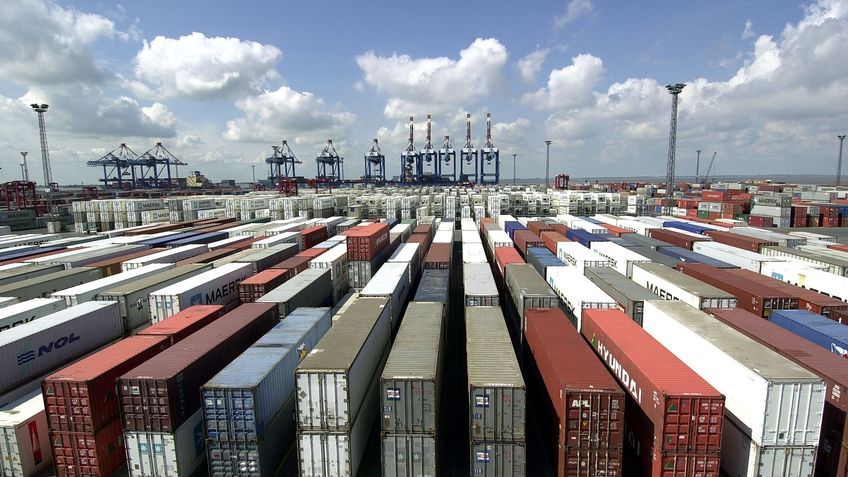Containerization - general information
Containers started to replace conventional cargo handling devices in international shipping in the 1960s. Through this change, transportation around the globe was revolutionized.
The simple advantage of the container is that it is a standardized and quite simple method of forwarding goods, and at the same time offers better protection against damage and theft. Today there is a whole range of specialized types, but in general, two sizes dominate: the 20´container, also used as the standard unit of measurement (TEU=Twenty-Foot-Equivalent Unit), and the longer 40´container.
This advanced transportation system also completely reshaped port organization and merchant ship design. The port of yesterday, consisting of a colourful mixture of sheds, warehouses, cranes and a different range of floating harbour craft, is now a thing of the past. It has been replaced by the modern container terminal with large stowing areas, container bridges and straddle carriers, the latter being used to move single containers.
Simultaneously, the conventional cargo carrier, with its characteristic masts and cargo gear, has been replaced by the far larger container vessel. This modern type of ship is only seldom equipped with a gantry crane. Instead guide rails lead the containers into the hold. Also striking sights are the “container mountains” on deck – containers stowed above the holds as deck cargo.
It was the Americans who promoted this revolutionary concept within the international shipping community. In May 1966, the US vessel FAIRLAND called at Bremen, bringing with it the first container to the port. Since then, the face of the Bremen ports has changed radically. The growth in the ships' sizes and capacities reflects a breathtaking development over the years. Around 1990, the biggest container liners had maximum capacities of around 4500 TEU. The Danish company Maersk, a regular caller at the Bremerhaven Container Terminal, set the record of 6000 TEU in 1996. Meanwhile, the market leaders operate container vessels of 8000 to 9000 TEU, but giant container carriers of 10 000 TEU and more are being discussed and designed, mostly at East Asian shipyards.

